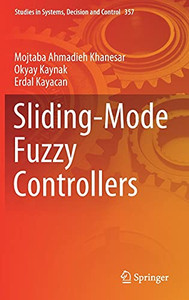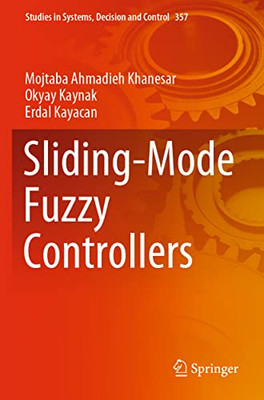Sale

Sliding-Mode Fuzzy Controllers (Studies In Systems, Decision And Control, 357)
$180.44
$170.64
Springer





